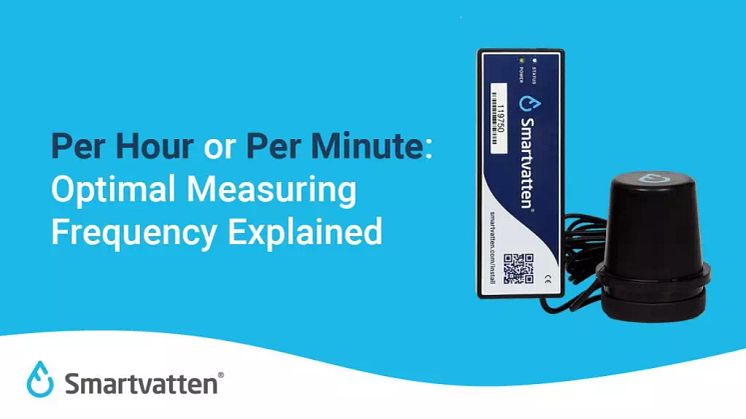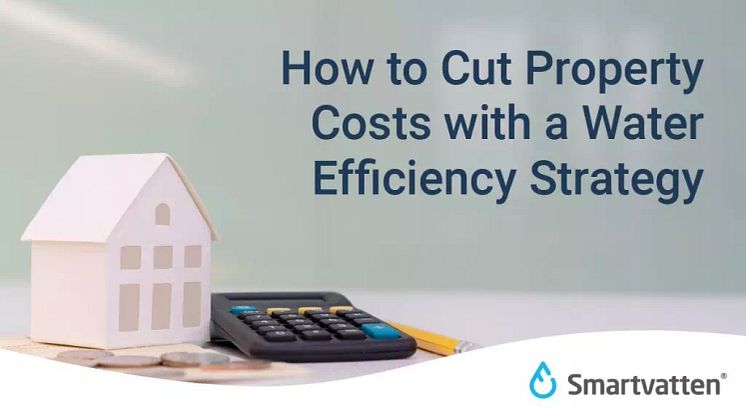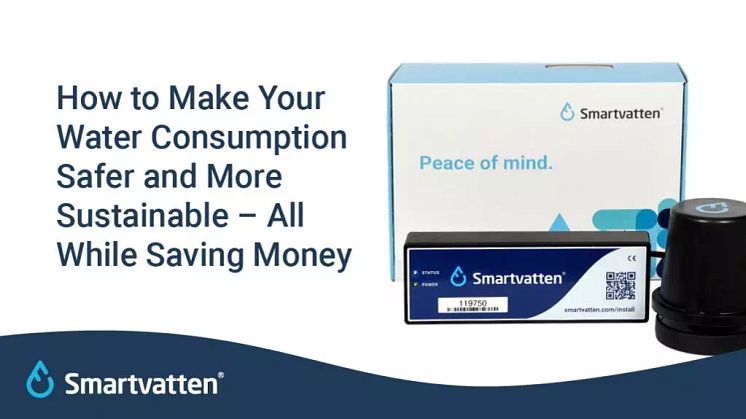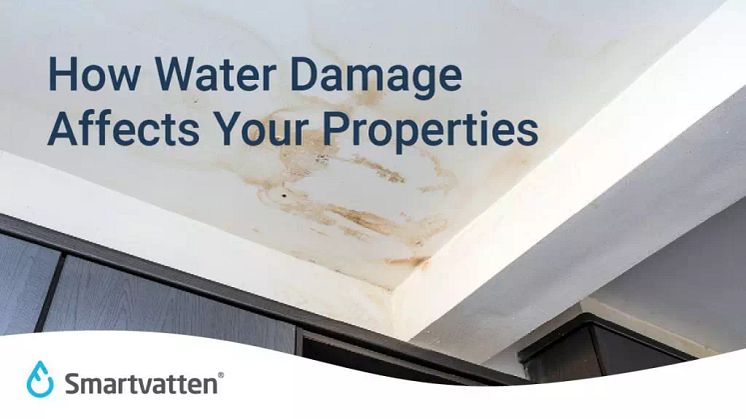
Blog post -
Per Hour or Per Minute: Optimal Measuring Frequency Explained
With Smartvatten's remote monitoring solution, the water consumption in your properties is tracked and recorded in real-time. Deviations from your regular use automatically trigger an alert, allowing you to quickly respond to any leaks. But how often do your properties need to be measured? We've explained the reasoning behind the two choices we offer below.
Our remote monitoring solution comes in two measuring frequencies: by the minute, or by the hour. Choosing the right frequency for your properties enables us to ensure the most accurate leak detection possible. Every customer, independent of the type of properties they own, can of course choose to monitor their consumption per minute – allowing them access to the most accurate data available. But with hourly readings, it's a little more complicated.
By the Hour
Our by the hour service is meant for properties that don't use water 24 hours a day, and especially those who don't use any water at night. Think of offices, logistics centers, shops or shopping malls. For the majority of these properties, the downtime during the night means that there is a clear time interval when there shouldn't be any water consumption – apart from the recurring use of certain installations. That means we can easily spot even the smallest leak during the night: the first hourly reading after closing would immediately trigger an alert.
By the Minute
Properties like multi-used buildings, residential buildings, hotels, hospitals, or laboratories use water throughout the day and night. Toilets are flushed at all hours, people take showers at different times of day, and some technical installations require a continuous supply of water. That means there is no clear downtime, and the zero mark or baseline is much harder to detect. "To differentiate between normal and abnormal use in these buildings, we need data by the minute," says Tim Twisk, Global Key Account Manager at Smartvatten.
Measuring Frequencies Compared
Compare the two figures below. In the first, you see the hourly water meter readings of a residential building. At 3 am, there's still almost 850 liters of water running through the pipes. Based on this information, there's no way to tell whether or not this is normal consumption.

Figure 1: An example of hourly readings in a residential building.
If we take a look at the second figure, you can see the readings for the same building by the minute. Now we can see that there are plenty of minutes where no water is being consumed. The hourly consumption is likely made up of flushed toilets and showers, and we can safely say there are no leaks to be detected.

Figure 2: An example of readings by the minute in the same residential building.
Choosing the Optimal Measuring Frequency
"And there are some buildings that simply require us to perform readings by the minute," says Raymond Tieman, Sales Manager Benelux. "That goes for very large properties, or locations that consume massive amounts of water. In those cases, we are only able to detect every leak if we measure by the minute."
In conclusion, with regular offices or stores hourly readings give us enough data to determine whether there is abnormal use, indicating a potential leak. But if your portfolio contains properties that are used 24 hours a day, readings by the minute are your best bet. To make sure our service meets your needs, we help you decide the best measuring frequency for each new property.
Want to find out more about the optimal measuring frequency for your properties? Contact us at info@smartvatten.com!






